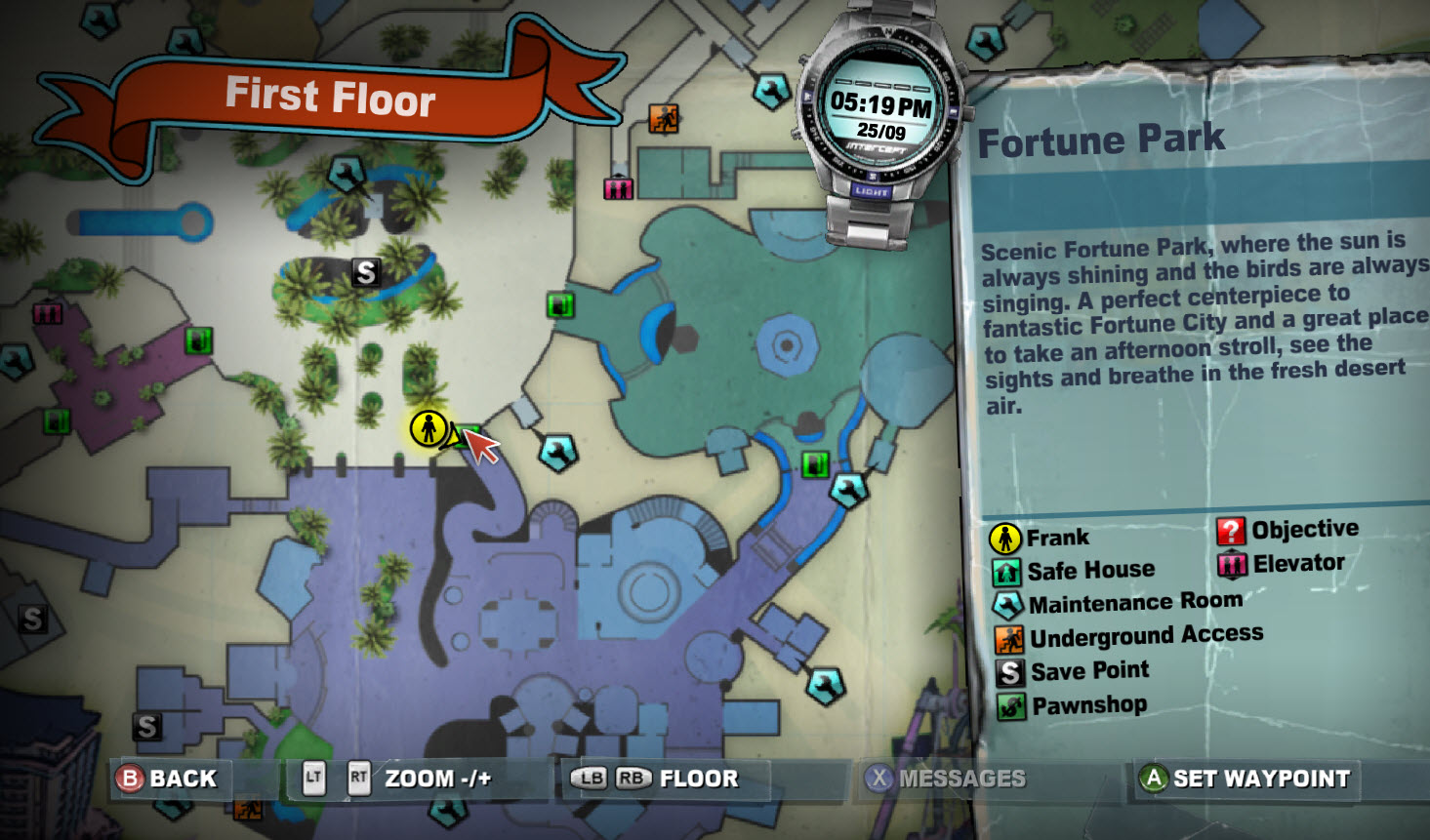

Most have suggested that the ancient coasts were little-used or underpopulated in the past. The slow exodus of refugees, the sorting out of peoples and the struggle for territories probably led to many deaths as well as new alliances."Īrchaeologists have long recognised that Aboriginal people would have occupied the now-drowned continental shelves surrounding Australia, but opinions have been divided about the nature of occupation and the significance of sea-level rise. "Most tribal groups on the coast 18,000 years ago must have slowly lost their entire territory a succession of retreats must have occurred. In his 1970s book Triumph of the Nomads: A History of Aboriginal Australia, the Australian historian Geoffrey Blainey hypothesised that: Map of Australia showing sea-level change and archaeological sites for selected periods between 35,000 and 8,000 years ago. The potential impacts of these past sea-level changes on Aboriginal populations and societies have long been a subject of speculation by archaeologists and historians.

On the ground, this would have seen movement of the sea's edge at a pace of about 20–24 metres per year. Much of this inundation occurred over a 4,000-year period (between 14,600 and 10,600 years ago) initiated by what is called Meltwater Pulse 1A, a period of substantial ice sheet collapse releasing millions of cubic metres of water back into the oceans.ĭuring this period, sea levels rose by 58 metres, equivalent to 14.5 millimetres per year.

In some areas the change was more than 300 kilometres. The location of coastlines changed on average by 139 kilometres inland. We found that 2.12 million square kilometres, or 20–29 per cent of the landmass - a size comparable to the state of Queensland - was lost during this inundation. New Guinea was separated from Australia with the flooding of Torres Strait and creation of the Gulf of Carpentaria around 8,000 years ago. Tasmania was cut off with the flooding of Bass Strait about 11,000 years ago. Then between 18,000 and 8,000 years ago, global climate warmed, leading to rapid melting of the ice sheets, and seeing sea levels in the Australian region rising from 125 metres below to two metres above modern sea levels. ( Flickr: portengaround, CC BY-SA 2.0) When things warmed up The steep cliffs at the Twelves Apostles, off Victoria's Great Ocean Road, look like parts of the ancient coastline. The Gulf of Carpentaria hosted a freshwater lake more than twice the size of Tasmania (about 190,000 square kilometres). A bigger landmassįor most of human history in Australia, lower sea levels joined mainland Australia to both Tasmania and New Guinea, forming a supercontinent called Sahul. The practical upshot was the sea level was about 125 metres lower, making the shape of the world's coastlines distinctly different to today.Īs the world lurched out of the last ice age with increasing temperatures, the melting ice returned to the ocean as freshwater, dramatically increasing sea levels and altering the surface of our planet.Īrguably nowhere experienced greater changes than Australia, a continent with a broad continental shelf and a rich archaeological record spanning tens of millennia. This sucked vast amounts of water out of our planet's oceans. The last ice ageĪt the height of the last ice age some 21,000 years ago, not only were the Greenland and Antarctic ice sheets larger than they are today, but three-kilometre-high ice sheets covered large parts of North America and northern Europe. While there are excellent online resources to model the local physical impacts of sea level rise, the recent geological past can provide important insights into how humans responded to dramatic increases in sea level. The Intergovernmental Panel on Climate Change says global sea levels may increase by more than eight millimetres per year, four times the average of the last century.Ī major challenge for managing such a large increase in sea level is our limited understanding of what impact this scale of change might have on humanity. More than eight out of every 10 Australians live within 50 kilometres of the coast. The study casts new light on how people adapt to rising sea levels of the scale projected to happen in our near future. In a study published this week in Quaternary Science Reviews, we looked at how changes in sea level affected different parts of Australia and the impact on people living around the coast. With global sea levels expected to rise by up to a metre by 2100, we can learn much from archaeology about how people coped in the past with changes in sea level.


 0 kommentar(er)
0 kommentar(er)
